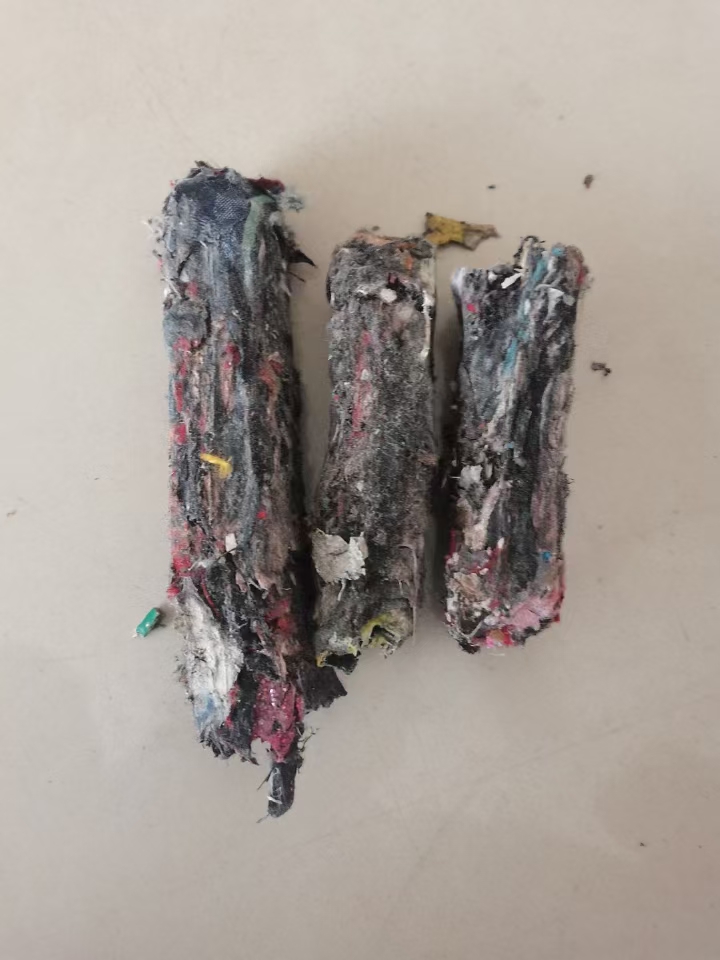About RDF(Refuse Derived Fuel )
RDF Processing in Municipal Solid Waste Management
Introduction
Municipal solid waste (MSW), commonly known as garbage or trash, consists of everyday items we use and then throw away, such as product packaging, food scraps, and durable goods. The management of MSW poses significant challenges due to increasing volumes and environmental concerns. One innovative solution to these challenges is the use of Refuse Derived Fuel (RDF) technology. RDF processing converts non-recyclable waste materials into a fuel that can be used for energy production, thereby reducing the volume of waste sent to landfills and generating renewable energy.
What is RDF?
Refuse Derived Fuel refers to a solid fuel produced from general household waste and similar sources of waste. The process involves sorting, shredding, and conditioning the waste to produce a combustible material suitable for energy recovery. RDF is typically composed of paper, plastics, and other materials that are not recyclable but can be burned efficiently.
RDF Processing Technology
The process of converting municipal solid waste into RDF generally includes several steps:
1. **Collection and Pre-sorting:** Waste is collected and transported to a Material Recovery Facility (MRF). Here, it undergoes pre-sorting to remove hazardous materials and recover recyclables such as metals, glass, and specific types of paper and plastics.
2. **Shredding and Grinding:** The remaining waste is then shredded into smaller pieces, typically ranging from 5mm to 100mm in size. This step increases the surface area of the waste, enhancing combustion efficiency.
3. **Screening:** After shredding, the waste passes through screens to ensure uniform particle sizes. Oversized particles are reprocessed until they meet the required specifications.
4. **Magnetic Separation:** Magnetic separators are used to remove ferrous metals, which can interfere with the combustion process and damage equipment.
5. **Air Classification:** Air classification is employed to separate light materials (such as paper and plastics) from heavier ones (like stones and glass). This ensures that only the most suitable materials for combustion are included in the RDF product.
6. **Final Conditioning:** The final step involves conditioning the RDF to achieve optimal moisture content, typically around 10-20%, which improves its burn characteristics.
Benefits of RDF
The use of RDF in waste management offers several benefits:
- **Energy Recovery:** RDF can be used as a substitute for traditional fossil fuels, contributing to reduced reliance on coal and oil.
- **Reduction in Landfill Use:** By converting waste to energy, less waste ends up in landfills, thus conserving space and reducing methane emissions associated with decomposing organic matter.
- **Environmental Impact:** Properly managed RDF facilities can help mitigate greenhouse gas emissions and contribute positively to climate change mitigation efforts.
Challenges and Considerations
While RDF presents numerous advantages, there are also considerations and challenges that need addressing:
- **Contamination Control:** Ensuring the quality of RDF requires strict control over contamination levels during processing.
- **Economic Viability:** The economic feasibility of RDF plants depends on factors such as waste collection costs, energy prices, and subsidies for renewable energy projects.
- **Public Acceptance:** Community engagement and education are essential for gaining public acceptance and support for RDF facilities.

Conclusion
RDF technology represents a promising approach to managing municipal solid waste while generating valuable energy resources. As the world seeks sustainable solutions to waste management and energy generation, RDF stands out as a viable option that aligns with environmental goals and economic imperatives. Continued innovation in RDF processing techniques will likely enhance its effectiveness and broaden its adoption globally.
-
 Trommel screenTrommel screen, also known as drum screens, are widely used in various industries for sorting and separating materials.Get Quote
Trommel screenTrommel screen, also known as drum screens, are widely used in various industries for sorting and separating materials.Get Quote -
 Crop straw double shaft shreddApplications:Biomass Energy Production: Shredded straw can be used as a feedstock for bioenergy plants to produce electricity or heat.Livestock Feed: Reduced-si...Get Quote
Crop straw double shaft shreddApplications:Biomass Energy Production: Shredded straw can be used as a feedstock for bioenergy plants to produce electricity or heat.Livestock Feed: Reduced-si...Get Quote -
 Zhongcheng Air Drum SeparatorAir drum separators effectively separate lightweight materials (e.g., plastics, paper) from heavier materials (e.g., metals, glass). This high efficiency is cru...Get Quote
Zhongcheng Air Drum SeparatorAir drum separators effectively separate lightweight materials (e.g., plastics, paper) from heavier materials (e.g., metals, glass). This high efficiency is cru...Get Quote
-
2024-07-16Drum screen garbage processing machine for msw recyclingManaging municipal solid waste (MSW) efficiently is crucial for urban areas. Drum screen garbage processing machines are a game-changer in this field. They ensu...
-
2023-01-12Apron FeedersApron Feeder is a conveyor manufactured from steel plates driven by steel chains wearing on steel surfaces. They are a robust design manufactured for durability...
-
2024-05-18C Series Jaw CrusherC series jaw crusher is a jaw crusher with excellent performance introduced and developed by zchmachinery according to the market demand. Compared with traditio...
-
2024-05-18Jaw CrusherThe working principle of jaw crusher Although the jaw crusher has various structural types, its working principle is the same, that is, the material is crushed ...
-
2024-05-18Mobile Jaw Crusher PlantMobile jaw crushing station is a novel rock crushing equipment, also known as mobile crushing station. The purpose of its design concept is to stand from the cu...



